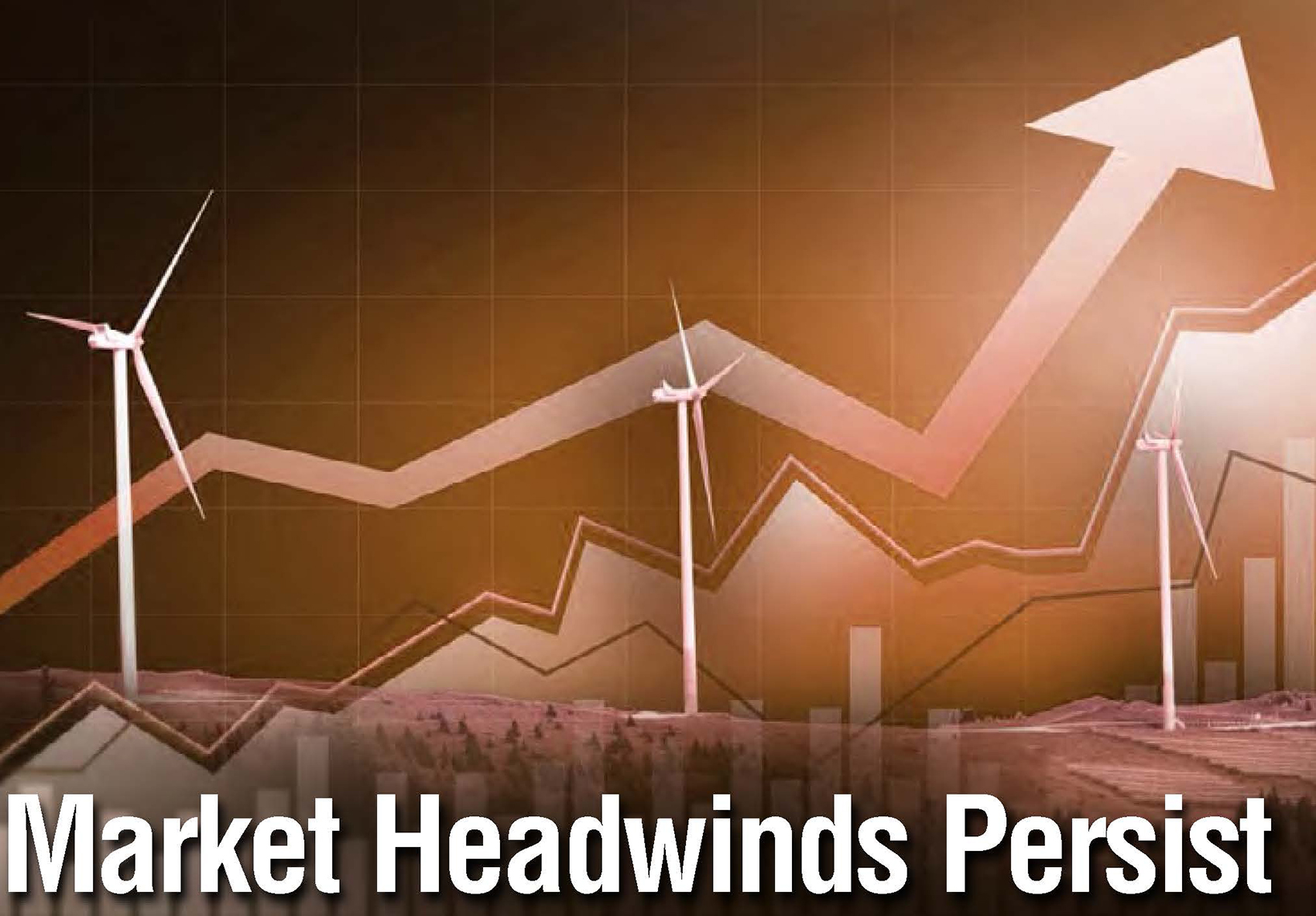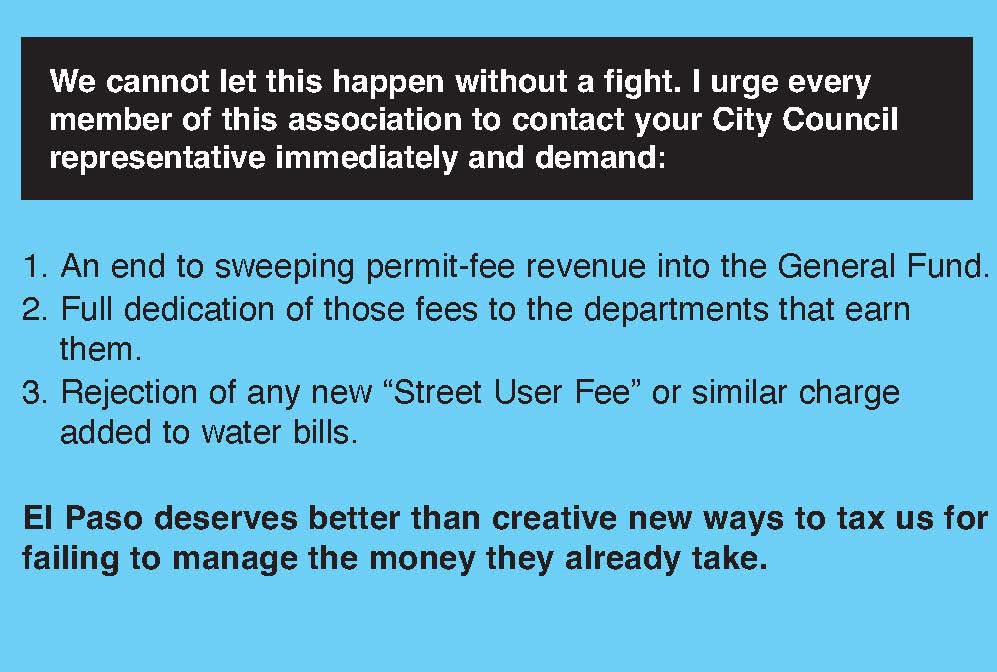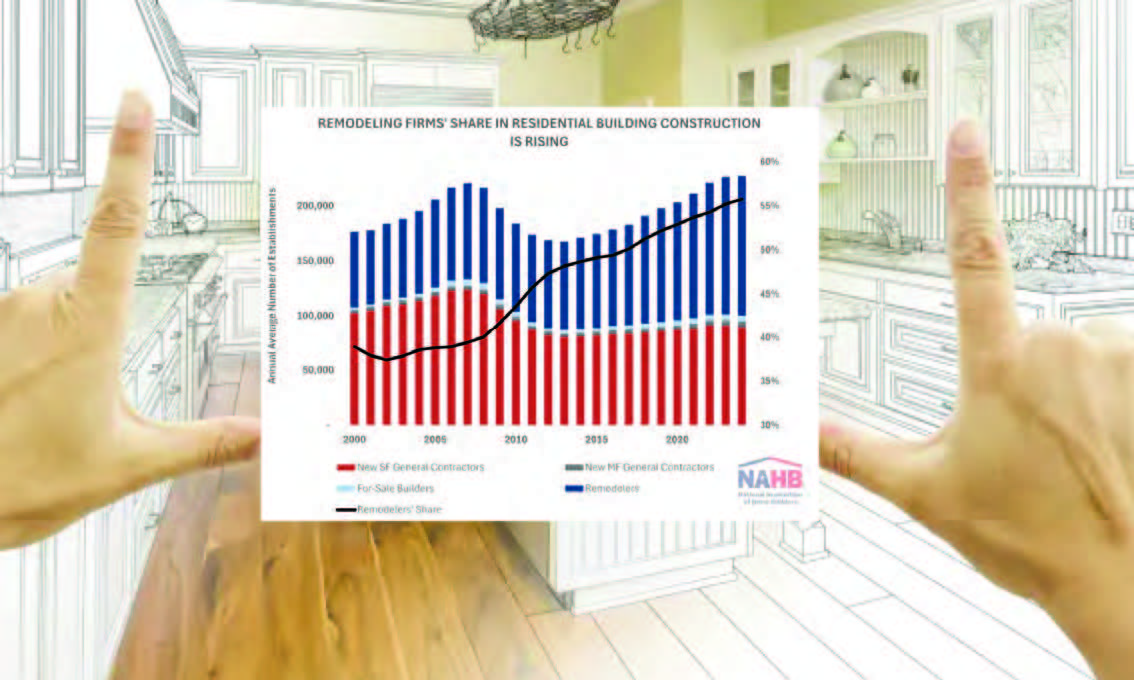
Growth amid uncertainty propels industry forward
NAHB
Market uncertainty exacerbated by the government shutdown along with economic uncertainty stemming from tariffs and rising construction costs kept builder confidence firmly in negative territory in November.
Builder confidence in the market for newly built single-family homes rose one point to 38 in November, according to the National Association of Home Builders (NAHB)/Wells Fargo Housing Market Index (HMI) released today.
“While lower mortgage rates are a positive development for affordability conditions, many buyers remain hesitant because of the recent record-long government shutdown and concerns over job security and inflation,” said NAHB Chairman Buddy Hughes, a home builder and developer from Lexington, N.C. “More builders are using incentives to get deals closed, including lowering prices, but many potential buyers still remain on the fence.”
“We continue to see demand-side weakness as a softening labor market and stretched consumer finances are contributing to a difficult sales environment,” said NAHB Chief Economist Robert Dietz. “After a decline for single-family housing starts in 2025, NAHB is forecasting a slight gain in 2026 as builders continue to report future sales conditions in marginally positive territory.”
In a further sign of ongoing challenges for the housing market, the latest HMI survey also revealed that 41% of builders reported cutting prices in November, a record high in the post-Covid period and the first time this measure has passed 40%. Meanwhile, the average price reduction was 6% in November, the same rate as the previous month. The use of sales incentives was 65% in November, tying the share in September and October.
Derived from a monthly survey that NAHB has been conducting for more than 40 years, the NAHB/Wells Fargo HMI gauges builder perceptions of current single-family home sales and sales expectations for the next six months as “good,” “fair” or “poor.” The survey also asks builders to rate traffic of prospective buyers as “high to very high,” “average” or “low to very low.” Scores for each component are then used to calculate a seasonally adjusted index where any number over 50 indicates that more builders view conditions as good than poor.
The HMI index gauging current sales conditions increased two points to 41, the index measuring future sales fell three points to 51 and the gauge charting traffic of prospective buyers posted a one-point gain to 26.
Looking at the three-month moving averages for regional HMI scores, the Northeast rose two points to 48, the Midwest fell one point to 41, the South increased three points to 34 and the West gained two points to 30.

EPAB President's Message
A fond farewell
Despite challenges, association united
Victor Robles - EPAB President
As I write my final column as President of the El Paso Association of Home Builders, I do so with a deep sense of gratitude and pride in what our industry has accomplished over the past 12 months. It has been an honor to serve this association and to stand alongside so many dedicated builders, developers, trades, suppliers, and professionals who work tirelessly to strengthen the housing industry in our region.
This year has been marked by challenges that tested our adaptability and resilience. We navigated periods of workforce pressure and furloughs across multiple sectors, which affected project timelines and labor availability throughout the state. Yet despite these setbacks, our members continued to press forward, demonstrating the determination and ingenuity that define the El Paso homebuilding community.
Interest rates remained one of the most impactful forces shaping the housing market over the past year. With rates reaching levels not seen in more than two decades, affordability became a central concern for both builders and homebuyers. This environment required us to rethink financing strategies, restructure deals, and work closely with lenders and policymakers to ensure that pathways to homeownership remained accessible. Even with these headwinds, our industry showed remarkable strength finding ways to keep building and keep families moving into new homes.
What I am most proud of, however, is the unity and collaboration within our association. Over the past 12 months, we strengthened our advocacy efforts, engaged more deeply with TAB, worked closely with local officials on development and permitting issues, and supported policies that promote responsible growth. We continued to be a voice for housing affordability and industry stability.
To every member, volunteer, board colleague, committee participant, and partner who contributed to our shared mission, thank you. Your support, your trust, and your commitment to our community have made this past year one of the most meaningful experiences of my professional life.
Although this is my final column, my dedication to our industry remains unwavering. I look forward to continuing to serve, support, and advocate for the builders who shape the future of El Paso.
Thank you for allowing me the honor of being your President.

Executive Message
It’s time to make our voices heard at the City
By Ray Adauto - Executive Vice President, EPAB
The City of El Paso is threatening to drive up costs for residents and businesses while basic services continue to deteriorate.
For decades, the city has engaged in systemic fiscal mismanagement. One of the clearest examples is how revenue from building permits – fees that, by state law and common sense, are intended to fund the Planning and Inspections Department – is routinely swept into the General Fund and redirected to unrelated purposes. What should be “excess” revenue (after fully funding the department that collects it) has instead become a slush fund, leaving Planning & Inspections chronically understaffed and under-resourced while the money is spent elsewhere.
A direct consequence of this practice is the crumbling condition of our streets. Rather than properly budgeting existing revenue – including the millions diverted from permit fees – the city is now floating the idea of a brand-new “Street User Fee.” Cities like Austin have already implemented similar fees, marketing them as something other than tax. In El Paso, television reports quote city staff saying this new charge would be added to our water bills.
Think about your most recent water bill. At my office (and at your home or business), the largest line items are no longer water and sewer – they are trash collection, stormwater fees, and franchise fees. Water and sewer are now a small fraction of the total. Years ago, when I had the chance to address the Public Service Board (PSB), I warned them that using the water utility as a collection agency for unrelated fees would eventually backfire. Customers don’t say, “My water is expensive.” They say, “My bill is outrageous,” without realizing how little of it actually pays for water.
Adding a Street User Fee to the water bill is particularly cynical: if you refuse to pay the new fee (even if you pay for the legitimate water and sewer portion), the city can threaten to cut off your water service. It’s a way to coerce payment and silence opposition.
This has to stop.
• Building permit revenue must stay in the Planning & Inspections Department that generates it – as intended by law and basic fairness.
• Core services like street maintenance must be funded through responsible budgeting of existing revenue, not endless new fees disguised as something else.
• The city must stop using the water utility as a catch-all billing mechanism for unrelated taxes and charges.
Living and doing business inside El Paso city limits is already becoming unaffordable for many families and employers. If we allow another regressive fee to be tacked onto our water bills, more residents and jobs will leave for the county or surrounding areas.


Remodeling Larger Share of Residential Market

NAHB
As the nation’s housing stock ages and new homes remain out of reach for many buyers, remodeling is capturing a growing share of the residential construction market.
Home renovation has become a more practical and cost-effective alternative to improve housing conditions, driving demand on the consumer side. On the supply side, more home builders are taking remodeling projects to grow their business.
NAHB’s recent analysis of 25 years of Quarterly Census of Employment and Wages (QCEW) data suggests that the rise of remodelers is a sustained structural shift rather than a temporary post-pandemic surge.
Over the past 25 years, the number of remodeling companies has nearly doubled, from fewer than 69,000 in 2000 to more than 128,000 in the first quarter of 2025. Remodelers now represent over half (56%) of all residential building construction companies. By contrast, during the mid-2000s housing boom, remodelers’ share consistently hovered around 38-39%, when the market was dominated by home builders.
Although the remodeling sector was not immune to the 2008 housing crash, losses were modest compared to losses in home building. Between 2007 and 2012, the number of remodeling establishments fell by 8%, while roughly one-third of home builders went out of business. As a result, the remodeler’s share of the home construction sector rose sharply after the crash, reaching 46% in 2011, and has continued to climb steadily ever since.
During the post-pandemic housing boom, driven by low mortgage rates, the rise of remote work, and a renewed demand for larger living spaces, both remodelers and home builders experienced solid growth. However, remodelers expanded their ranks at a faster pace, with their share of residential construction firms climbing to 54% by 2022.
For more on the remodeling market and its impact on total employment in residential construction, see this Eye on Housing blog post written by NAHB Economics staff.

How US Metro Employment Has (or Hasn’t) Rebounded

NAHB
The story of employment loss and recovery across U.S. metro areas underscores the uneven geography of the COVID-19 economy. The resilience of local economies has since reshaped the post-pandemic landscape, revealing not only where recovery has taken root but also where it remains incomplete.
Tracking Employment Losses
While the national labor market suffered an unprecedented collapse in both speed and depth during the COVID pandemic — with total payroll employment falling by an unprecedented 20.5 million in April 2020 — the effects varied significantly across U.S. metro areas. Nonfarm employment payrolls declined by anywhere from 5% to 35% across 393 metro areas.
Some metro areas experienced major setbacks tied to their dominant industries. Kahului-Wailuku, Hawaii, experienced the steepest job losses, with employment plummeting by 35%. This metro area’s deep dependence on tourism and hospitality, particularly in accommodation and food services, left it vulnerable to travel restrictions and widespread shutdown. Similarly, Atlantic City-Hammonton, New Jersey — a prime tourism destination — was devastated by pandemic-related closures, while employment in Elkhart-Goshen, Indiana — the heart of the U.S. RV manufacturing industry — plunged 34%
Other metros posted large numbers based on the size of their population. New York-Newark-Jersey City, New York-New Jersey, for example, shed nearly 2 million jobs, or about 20% of its pre-pandemic workforce, while Los Angeles–Long Beach–Anaheim, California, followed closely with a loss of 1.1 million jobs, or about 17% of its February 2020 level.
At the other end of the spectrum, Logan, UT-ID, recorded the mildest downturn, with a relatively modest 5% employment drop, reflecting a more resilient local economy.